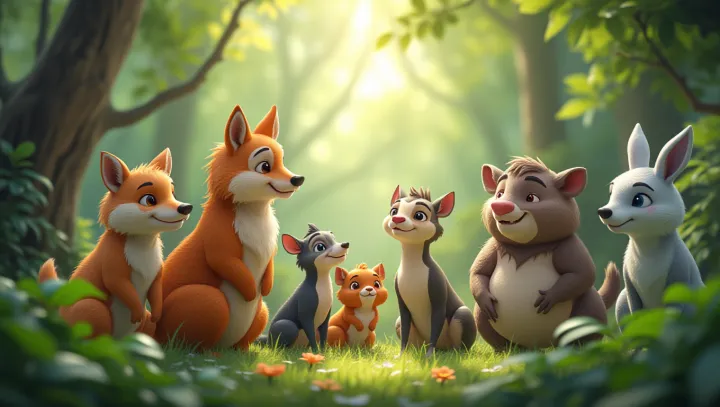The Secret Behind Animal Cooperation

In the dense rainforests of Daintree, Australia, recent studies have revealed intriguing aspects of animal behavior that might challenge our understanding of social dynamics in the natural world. Certain species, from small insects to large mammals, demonstrate an extraordinary ability to cooperate, a trait that offers them significant advantages. According to Dr.
Emily Foster, a renowned biologist, these behaviors are deeply rooted in evolutionary strategies. She notes that cooperation among animals is not merely accidental but a vital survival mechanism. 'In species such as elephants and ants, cooperation facilitates resource management and enhances community survival,' Dr.
Foster explains. 'These animals have developed intricate systems of communication and role distribution that enable them to thrive in challenging environments.' The implications of such findings extend beyond mere academic curiosity. They suggest that understanding animal cooperation can provide insights into the evolutionary tapestry of life and potentially inform human social structures.
As researchers continue to delve deeper into this topic, the natural world's complexity continually unravels, offering glimpses into the sophisticated networks that underpin animal and perhaps even human societies.
